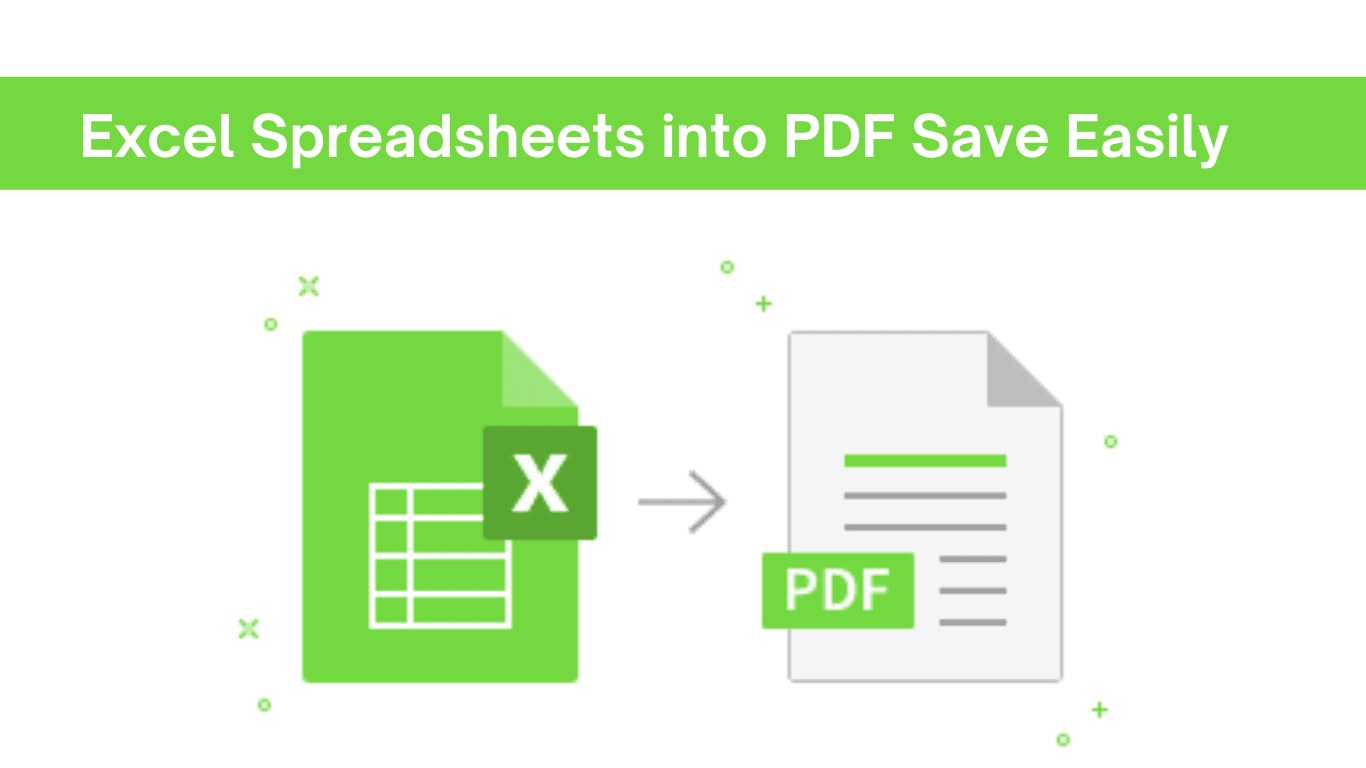
Microsoft Excel is the most widely used spreadsheet program in many businesses and educational institutions. In addition, it is also used for personal data management.
Saving an Excel spreadsheet as a PDF can be complicated, and the final document often does not appear how we want it to.
Many people struggle to save a sheet as a readable PDF. Excel spreadsheets are frequently misunderstood as documents with borders, pages, and margins.
Microsoft Excel automatically saves your spreadsheet as you work in it. It creates a temporary file name for the document and saves it in the same folder as the original.
When you save the workbook manually, the original file is erased, and the temporary file is given the same name as the original.
However, your spreadsheets may not save correctly if this procedure is interrupted. One or more temporary files may also be present in the folder where you attempted to save your file. You may also receive error messages.
Moreover, big data management responsibilities such as organization, implementation, file classification, database management, and user collaboration create substantial obstacles.
Placing data in the wrong spot, entering data inconsistently, or even having two people working on the same sheet destroys the database’s structure. Several things can go wrong, resulting in time delays and data loss.
Baby steps to convert Excel spreadsheet to PDF file
Excel is used for a wide range of personal and professional duties, from keeping financial records and budgeting to making weekly calendars.
One of Excel’s drawbacks is that it may be rather intimidating. So what to do?
Do not panic!
PDF arrives to save the day!
It’s time to learn how to convert Excel spreadsheets to PDF so that you save and share your Excel masterpieces in a better way.
Have you ever opened an Excel document that was emailed to you and been baffled by the mix of numbers and words?
With an unlimited number of pages and calculations, Excel can become congested and messy.
All of it is avoided by converting to PDF format.
Yes, gone are the days when it seemed impossible. With a valuable Excel to PDF converter, it’s easier than you think.
Here’s how to convert an Excel spreadsheet to a PDF document:

- First, open a top-notch and reliable Excel to PDF converter
- From the available options, choose Excel to PDF.
- You can also drag and drop the file to the desired location. If you like, you can also choose and change the orientation of the pages within the file.
- When your new PDF file is ready, download it.
- Now, send the PDF attachment through email or share it in any way you like.
Why converting Excel to PDF is a great option?
File security
Financial reports, budget planning documents, and business documents contain confidential information.
When converting these Excel documents to PDF, setting a strong password can keep this information private and secure.
Universal and matchless display after conversion
PDF format’s universality!
Your PDF will look the same no matter what device or operating system you are using to view it.
As a result, converting your Excel to PDF ensures that whoever receives your file will view it correctly.
Accessibility from mobile
Everyone uses their phones to access and read documents in this digital era. A large and complex Excel spreadsheet is not as interactive as it is on a large computer screen on a phone screen.
You can view PDFs on your phone, modify, and share them.
How amazing it is!
Six Excel spreadsheet problems you need to know

1. Several users editing the same sheet
When Excel systems evolve organically, you quickly run into issues where one user accesses a worksheet at a given moment, and another user is informed that it is already open.
The second user can cancel, wait, or see a read-only version of the document.
2. Excel safety
It is possible to add security to Excel spreadsheets, but it is filled with issues.
You can try to lock some sheets and cells to prevent users from changing the structure and formula, but they can usually change any or all of it if they can view the data.
3. Validation of Excel data
People regularly mistype words or transpose digits in numbers, introducing errors into data in any computer system. You can face severe issues if your data is not double-checked precisely.
Excel accepts everything the user types by default. Validation can be set up on look-up lists, but they are difficult to keep up with, especially if the same field is used in multiple places.
4. Shared Excel workbooks
Multiple editors are available by default in Excel Online, but it lacks a lot of functionalities. Except for the most basic tasks, the service is not much of a contender.
Although the Shared Workbooks function appears to do the job, it comes with many limitations. If the worksheet is shared, for example, you would not create a table or delete a block of cells.
5. Speed issues
Excel is not the fastest application, and its programming language, VBA, is slow compared to more professional languages like C#.
This scenario arises from Excel’s intended use and flexibility.
After all, it’s a spreadsheet engine.
Yes, Excel VBA can be pressed into becoming a data management service, but that does not imply it’s the ideal option for the job.
6. Navigation in Excel
It is not easy to navigate large worksheets. When you have numerous of them, the sheet tabs across the bottom of the window are not the foolproof method to find your way about.
Plus, it becomes quite challenging to discover what you need with more displayable tabs across the screen.








